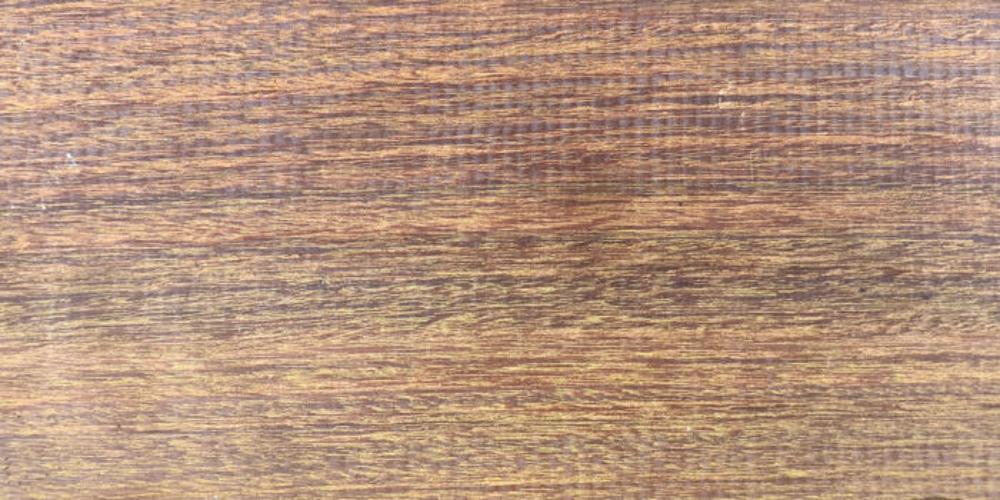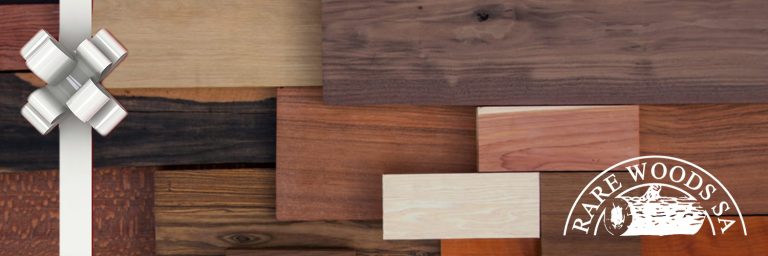Ipe

Ipe is known throughout its indigenous Central & South American regions as an extremely dense, durable wood, but also one that is quite difficult to work. The wood encompasses a variety of different species of the Handroanthus genus, so aesthetics and grains patterns can vary dramatically. The wood can have a deep chocolate brown color with reddish tint, or sometimes a greenish tint accented by traces of green, yellow, orange and/or red color. Often, its aesthetics are enhanced by rugged, dark contrasting striping.
Grains can be straight, irregular or interlocked; straight-grained pieces plane and turn well, although cutting tools and blades should always be at their very sharpest. Its texture can range from fine to medium, and it generally has a good natural luster.
Not listed in the CITES Appendices or on the IUCN Red List of Threatened Species.
Why We Love This Wood
Ipe is well known in flooring, as the wood is virtually impossible to wear out. Its handsome aesthetics will stay attractive even after many years of service. (One of Ipe's "trade names" in the flooring industry is "Brazilian Walnut," though it has no relation to its Juglans-genus namesake.) Its great density and hardness makes it essentially impenetrable to insect attacks, also.
Some species have been known to contain powdery yellow deposits, referred to as "lapachol."
Despite being nearly impossible to work (the wood is notorious for killing saw blades), Ipe examples can be quite stunning in appearance; mottled and striped figuring are sometimes found, and its deep, rich colors -- which inspired the 'walnut' trade name -- often possess a regal quality.
Client Creations
Pricing
Description
Grade
UOM
Price
Pre-cut Sizes
0 resultsType
Dimensions
Grade
Price
Lumber Packs
0 results
